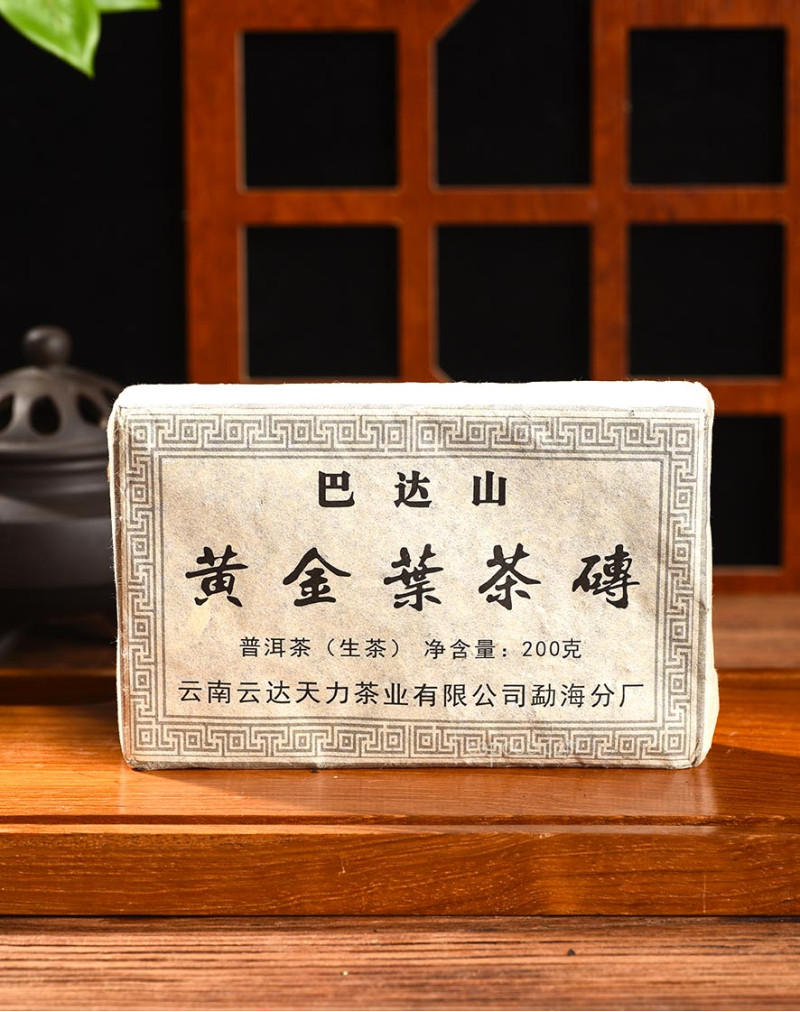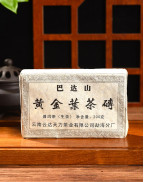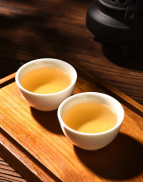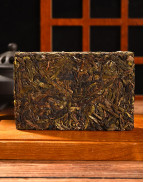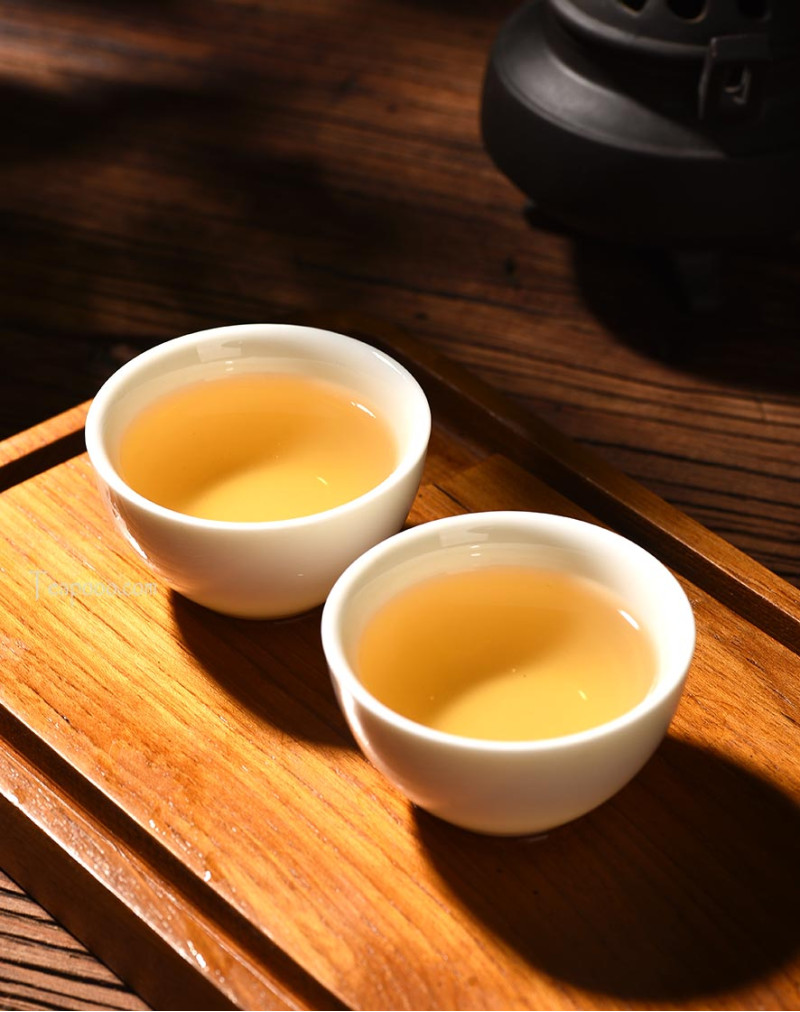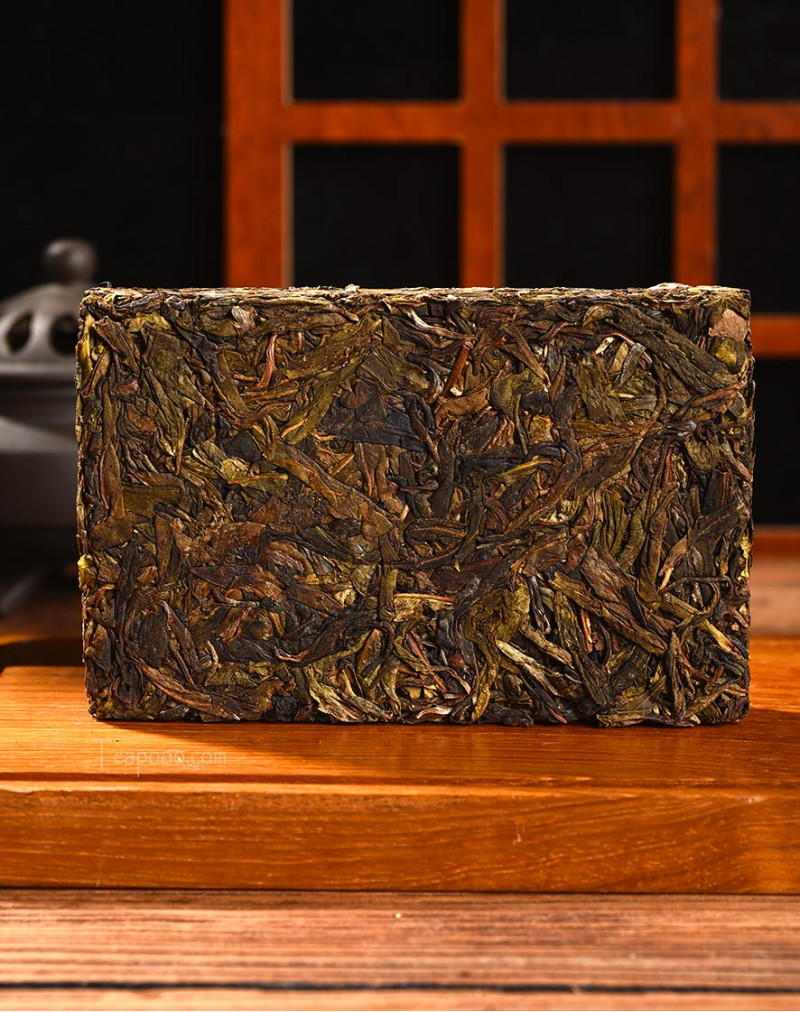Ba Da Shan Golden Leaves Ripe Pu-erh Tea
- Product Code: Simple
- Availability: Out Of Stock
Basic Info
Origin: Menghai County, Xishuangbanna, Yunnan Province
Taste & Aroma: Mellow,earthy,complex, strong, sweet taste with aromatic flavor
Item Form: Compressed Brick tea (200 grams per brick)
Ingredients: 100% freshly picked leaves from Yunnan ancient Large-leaf Arbor Tea Trees
Liquor: Bright yellowish
Harvest Period: Spring 2020 (First Flush)
Season: Spring tea
Storage: Store in dry and temperate condition. Keep away from odors. The longer it stored, the better it tastes.
Shelf Life: Suitable for long-term storage (10 - 20 years)
Caffeine: Low
Flavor: unflavored
Sourcing : Teapooo
Ba Da Shan Golden Leaves Ripe Pu-erh Tea
This tea brick is from Ba Da Moutain, one of Pu 'erh tea production areas with a long history. This Brick is pressed with leaves harvested in Spring 2020 ( first flush spring tea). This is a rare and golden ripe tea with complexity and a unforgettable mouth-feeling. It has a sweet, bitter, astringent, and fruity aftertaste. It's an excellent example of Huang pian ripe pu'erth tea with high level cha qi.
The Six Major Pu'erh Mountain Areas
As a tradition, the name given to Pu 'erh tea is always associated with the tea mountain where they grow. In China, good Pu 'erh tea is always associated with some famous tea mountains. The Six Tea Mountains often mentioned by tea lovers refer specifically to the most famous six pu-erh tea mountain cultivation areas.
With the passage of time and the expansion of Pu 'erh tea culture, there are 6 new famous Pu 'erh tea growing mountain areas.
The six major mountain areas for Pu 'erh tea planting in history are Youle, Gedeng, Yibang, Mangzhi, Manzhuan and Yiwu, which are often referred to as the Six Ancient Tea Mountains. The new six tea mountains include Nannuo, Bulang, Pasa, Hekai, Mengsong and Bada. All these mountains are collectively known as the Twelve Ancient Tea Mountains.
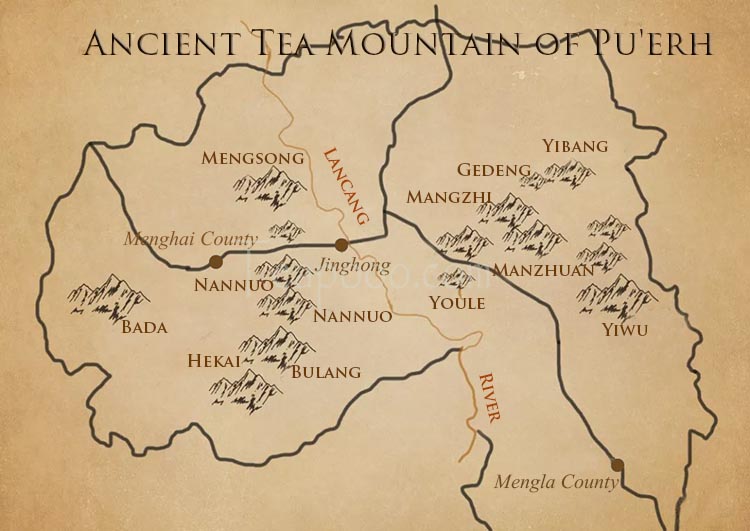
Ancient Tea Mountains of Pu'erh
Show Full Description
The division of the Ancient Six Tea Mountains and the New Six Tea Mountains is not based on the time when the tea trees were planted, but the order of the time when the tea mountains were named. According to relevant historical data, the ancient tea trees in the new six tea mountains are older and more widely distributed than those in the Ancient Six Tea Mountains .
The basis of the division of tea mountain is not invariable, but will be affected by the rise and fall of dynasties, wars, natural disasters, the change of place names and other factors.That's why the Ancient six Tea Mountains and the New Six Tea mountains and other different versions of Six Tea Mountains occur at the same time.
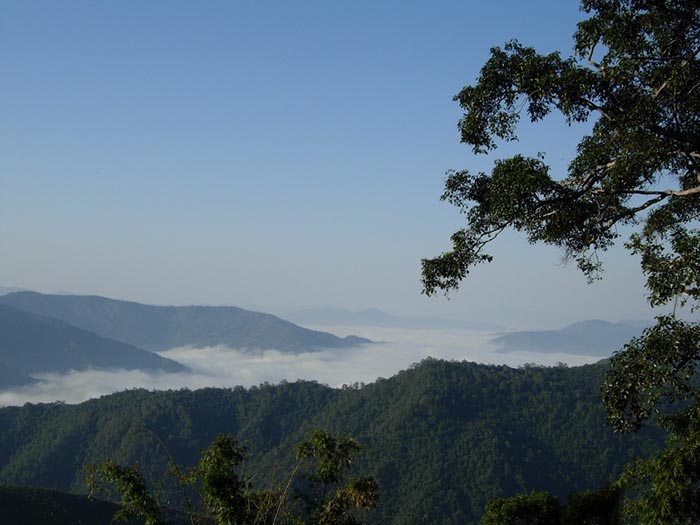
Ancient Tea Mountains of Pu'erh
Bada Mountain
Bada Mountain, one of the 12 tea mountains, is a mountain in menghai County, western China. Just across the river from Myanmar, it is home to the Bulang and Hani ethnic groups.
Bada mountain is rich in wild tea resources and a large area of artificially cultivated ancient tea gardens. Wild ancient tea trees are mainly distributed in Hesong Daheishan, and artificially cultivated ancient tea gardens are mainly distributed in Zhanglang, Mamaidi, Manpana and other the Bulang nationality villages.
Bada Mountain ancient tea Garden is the most concentrated area of wild ancient tea tree resources in Xishuangbanna Prefecture, mainly distributed in Zhanglang, Mammai, Mampana and other Bulang villages.
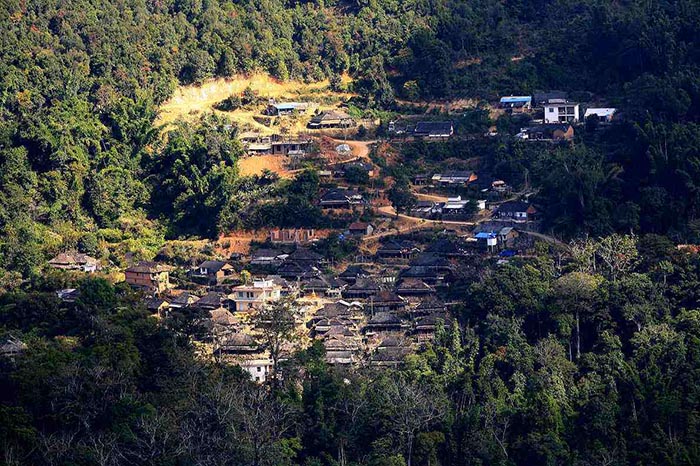
The Bulang villages in the Bada Mountains
Located in the western part of Menghai County, just across the river from Myanmar, Bada Mountain is home to the Bulang and Hani ethnic groups. Mount Bada covers an area of 316.21 square kilometers. There is a large area of wild tea trees growing in the small Black Hills in the Mountainous area of Bada. Among them, a wild tea tree known as "the king of tea trees" is 34 meters high, 3.8 meters in trunk circumference and about 1 meter in diameter, which is the largest wild tea tree discovered so far.
In the article "Taste Identification of 12 Pu 'erh Ancient Tea Mountains", the characteristics of Pu 'erh tea of Bada Mountain are mentioned: bitter, astringent, sweet aftertaste; the soup is orange yellow,crystal clear; the shiny, textured dry tea surface with a satin-like luster; with a pleasant plum-like or honey aroma.
A small part of pu-erh tea raw material that is screened and left in rolling process ( that are not well formed ) due to the insufficient degree of compacting, relatively wide leaf size and lower-grade during the sifting process. After drying, they are screened and sorted out according to the production standards and get a name Huangpian (yellow slice).
Many people will mistakenly believe that Huangpian(yellow slice) refers to "sick leaves, withered leaves or old leaves", which will not be plucked by tea farmers as these leaves are unqualified and cannot be rolled to make puerh tea at all. In order to reach the standard, generally speaking, tea farmers will manually select yellow 黄片 (yellow slice) from the pile of Maocha before it is sold, the selection process can take a lot of time.
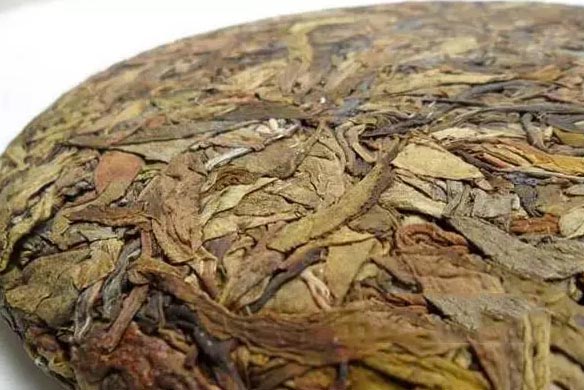 Huang pian (golden leaves) puerh tea cake
Huang pian (golden leaves) puerh tea cake
Huang pian (golden leaves)
Huang Pian (yellow slice) occurs for two reasons: first, the third leaf is picked except for one leaf or two leaves from one bud ( the fourth leaf is not usually picked). The second is that during the rolling process some of the tea leaves are not fully rolled so that some of the coarse and loose leaves appear. In these both cases, the leaves will turn yellow or make the green darker after it has gone through the kill-green process. Therefore, the appearance of the finished pressed Pu 'erh tea will become worse and less attractive if yellow slice leaves are not removed.
The yield of Huang Pian ( yellow slice ) pu’erh tea is also very low. They are just picked out because they are not so good in appearance, but it does not mean that their intrinsic quality is not good. In fact, they are no worse than higher-grade teas from the same batch. On the contrary, the astringency of Huang Pian (yellow slice) puerh tea has been greatly reduced ( low content of tea polyphenols ), so it tastes sweet and mellow, and can be infused multiply times due to the thick tissue of Huang Pian (yellow slice) leaves which takes a longer time to grow. This is the reason why Huang Pian Pu 'erh tea is becoming more and more popular among many Pu 'erh tea lovers.
In history, Records of Pu 'erh Tea written by Ruan Fu in the Qing Dynasty (1636 -1912), Huang Pian puerth tea was called "Golden Jade Sky". Nowadays, in the tea market, Huang Pian Pu 'erh tea has a very pleasant name - Golden Leaf Pu 'erh tea. It can be seen that many people like it both in ancient times and in modern times.
| Chinese Gongfu Method | |
| Tea | 10g |
| Water | Gaiwan 3oz (85ml) / 3.8 oz (110 ml) |
| Time | 10 steeps : rinse, 10s, 10s, 10s, 10s, 10s, 10s, 10s, 30s, 80s, 130s |
| Temperature | 212℉ / 100℃ |
| Teapot Method | |
| Tea | 5g |
| Water | 12 oz (355 ml) |
| Time | 3-5 mins |
| Temperature | 212℉ / 100℃ |


